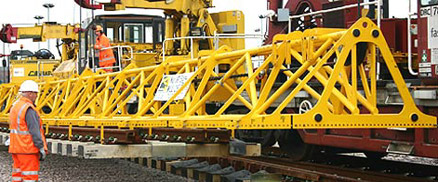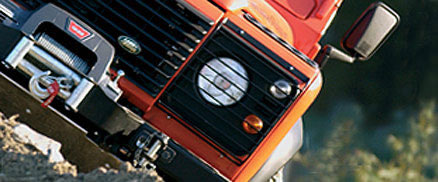Lifting beams, frames and spreaders are usually designed and built
for a specific purpose. The range of designs and capacities is therefore only limited by practicality. When selecting the beam to be used you need to plan the lift taking the following into account:
Application requirements:
- to reduce headroom, provide multiple lift points,
- to provide adjustable lifting centres,
- to handle out of balance loads,
- to remove or control inward or crushing forces, to allow for special load attachments.
Capacity, both of the overall beam and of the individual lift points.
Accessories and attachments – slings, grabs, shackles, hooks etc.
USING LIFTING BEAMS SAFELY
- Lifting beams may incorporate various loose and detachable items of lifting gear. Refer to the separate requirements for the safe use of those items.
- Do not use defective or distorted beams or attachments.
- Lifting beams are generally designed for a specific purpose and should not be used for other purposes without consulting the supplier. This will include the size of crane hook from which they are suspended. On no account should lifting beams be suspended from unsuitable size hooks.
- The weight of the beam, together with its attachments, must be added to the weight of the load when calculating the total load that will be imposed on the crane hook.
- Ensure that the SWL on the individual lift points is not exceeded. Extra care is needed where these are adjustable.
- Ensure the load is stable and that the beam remains at its intended attitude during use. Particular care is needed when lifting and setting down as not only may the load become unstable but individual lift points may become overloaded,
- Use tag lines to control long loads.
- Do not allow the beam to foul the underside of the crane, or any other obstructions, when raising or transporting loads.


